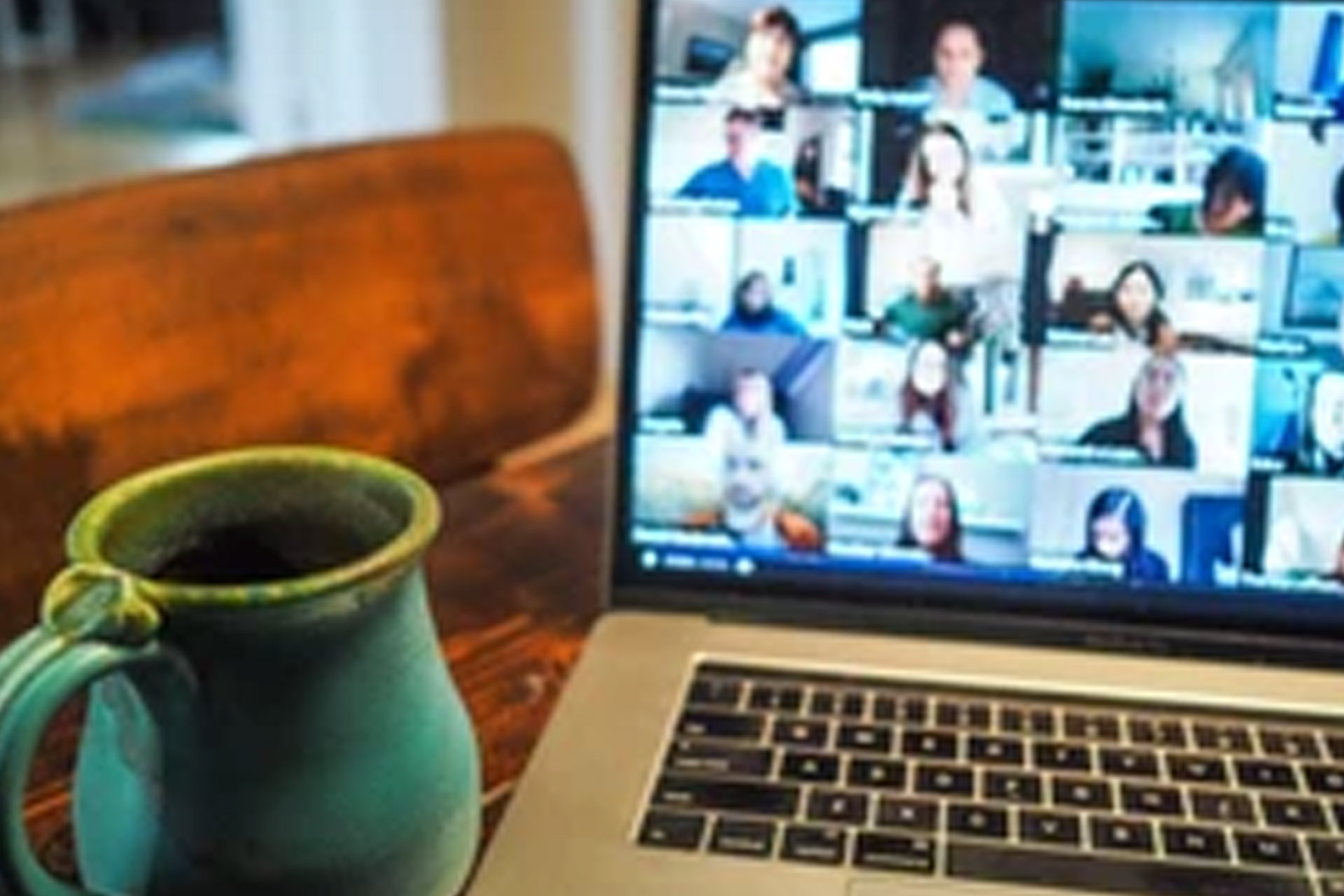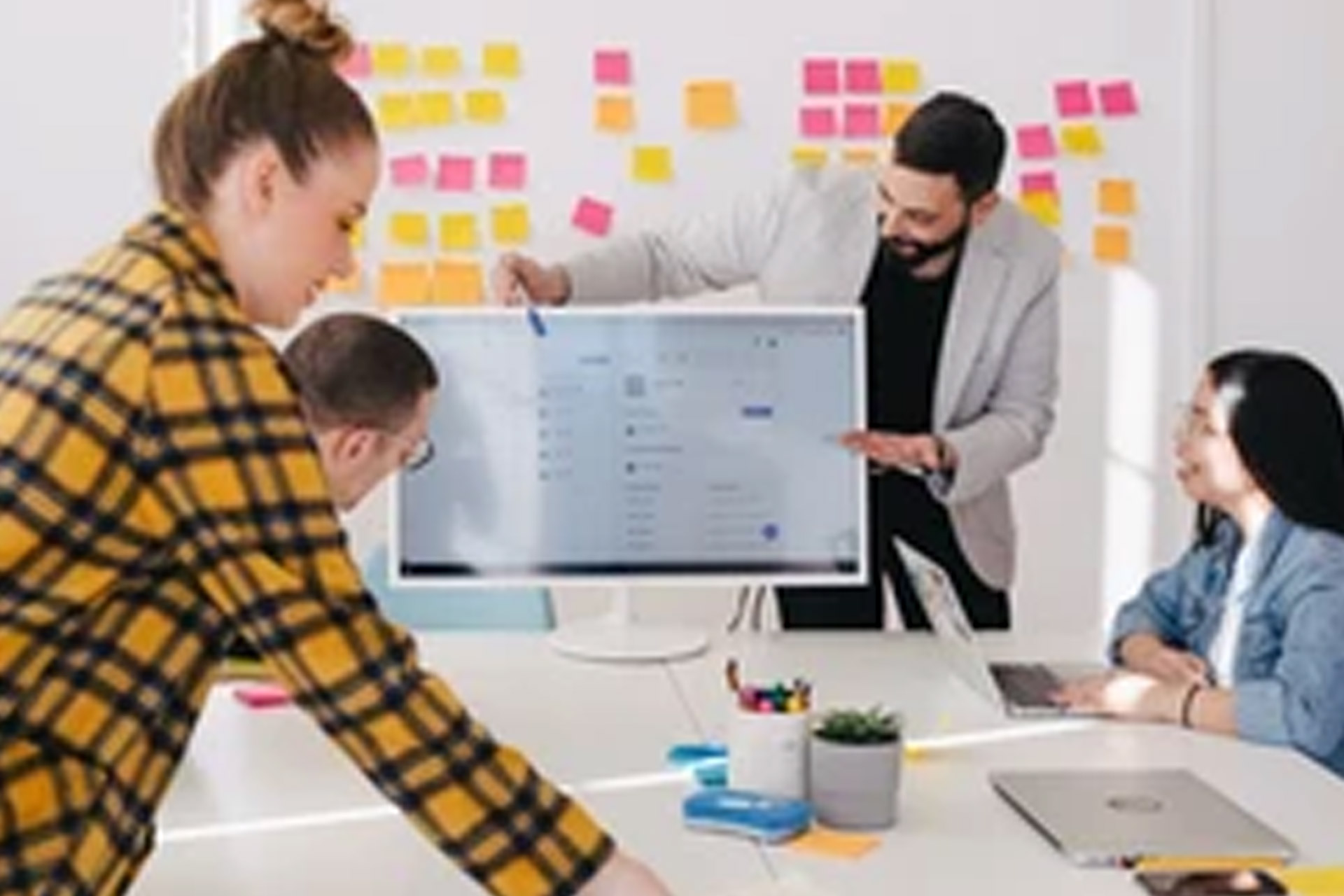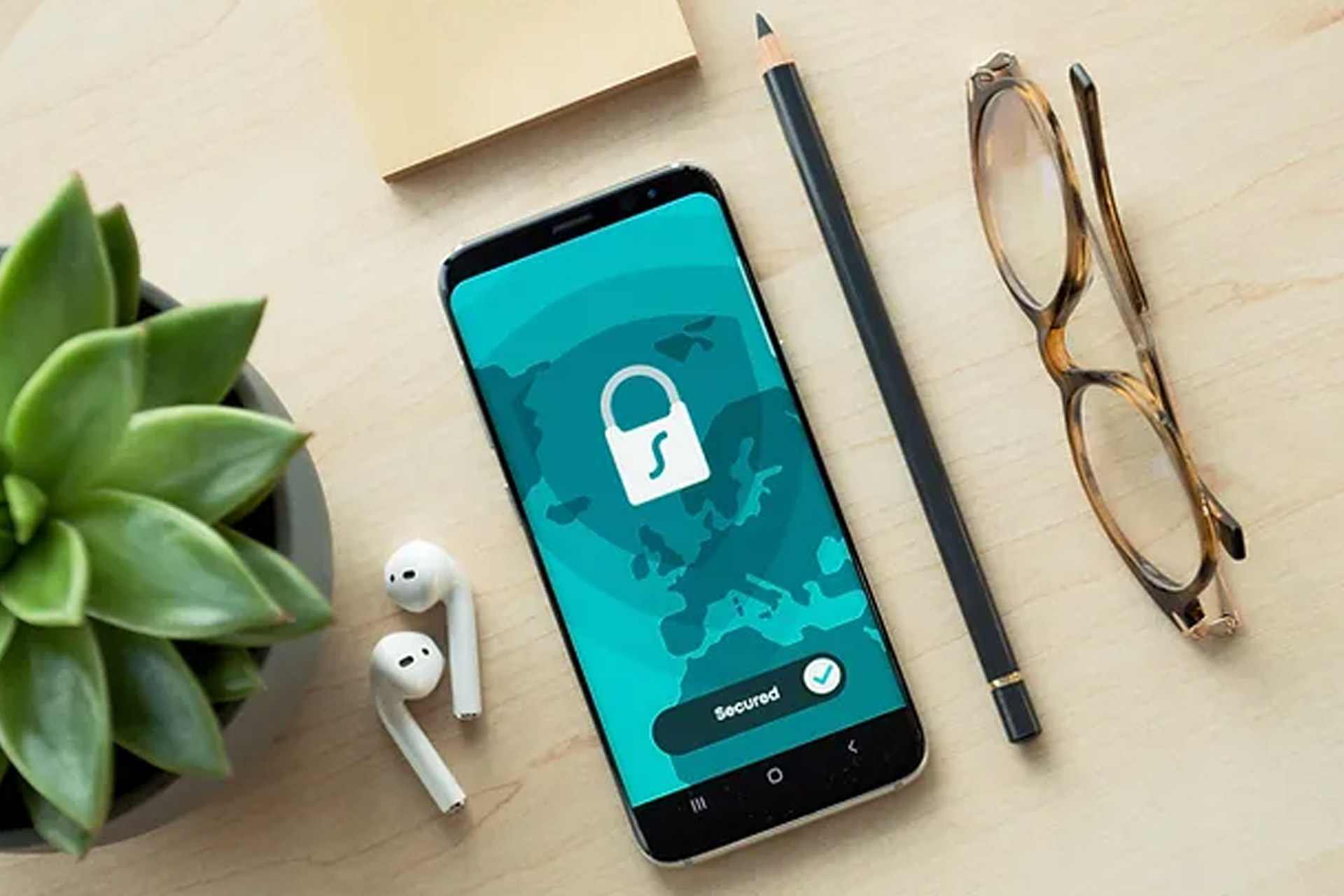How effective is enterprise productivity software? Will we ever get to the Star Trek user experience where a person can just start speaking to the computer, and your identity, context, and personal data are retrieved with ease?
In the beginning…
Despite having used some of the coolest office technology while working at top-tier companies like Microsoft, the overwhelming sentiment we had was that work computing really sucked.
To qualify this statement, consider the following:
- Productivity tools hamper productivity; they are just too complicated to be useful in many cases. (Think logging into 5 different apps to do your daily digital work…with some home-grown integrations attempting to smooth this over.)
- The Internet and mobile devices are channels that are producing and successfully pushing vast amounts of content (in News, Social Media, and Entertainment) but such capabilities don’t exist to either share or consume useful content created at our workplaces.
- There has been no real innovation in the space of personal computing tools to create content. Is there something better than the ancient paradigm of the word processor, the spreadsheet, and the slide editor? That model has even been preserved in modern alternatives like Google Docs or Apple Pages, Numbers & Keynote.
- The man-machine interface and the operating systems of today have not improved to the point where your computing and mobile devices are effectively your digital persona, holding all your information securely and allowing you to browse your personal content universe effectively. Devices don’t really know who you are, to begin with!
- Efforts to create intelligent software and build a future for tools like AI in productivity are hampered by software monopolies and silos of proprietary content formats and tools.
At the center of these issues is the way that content is created by us via computers. We realized that there’s a need to fashion a new paradigm for this but where to begin? We had to think back far enough to the roots of the personal computing era, examining the start of seminal companies like Apple, Xerox, and Microsoft, and challenge the thinking that created the software of personal computing but has lingered on for far too long today.
Inspiration
First, we needed to identify a core principle that would guide our design efforts and help us architect something fundamentally different. In a scene from the ground-breaking 1999 movie, The Matrix, a child bends a spoon using his mind. When asked how he did this, he replies simply:
“There is no spoon.”
What if we began by removing accepted definitions around the way people went about creating content? The most archetypal asset in the interaction between a person and their devices is the traditional document. Historically, this is a file written in a word-processor and saved into a folder, whether local or in the cloud.
What happens if we make this assumption:
“There is no document.”
What does that imply? That our traditional linear concept of how content is created and captured as a document needs to be redefined.
Micro-editing
Content need not start out, or be limited to, being a document or a presentation or a spreadsheet. The writing process should not begin with the user having to decide how the content is going to be published. The focus, we believe, should be on the narrative, not the formatting.
Imagine an application where the content was created organically over time, in little steps that we call micro-edits, which allowed people to interact, create and collaborate on the information in modern mobile devices as well as traditional computers. A blog or a twitter feed is, at any given time, the cumulative result of many small edits and this is what results in a valuable asset. This is true for a book, which passes through many stages and hands all making edits to parts of the content. We imagined software that could apply this principle to effectively produce the traditional business document, presentation, or spreadsheet too.
Users write freely, a topic at a time, using notes and cards. Cards can be organized to tell a story. That story could be presented as slides or as an article or as simply a post or a webpage. Why not in multiple ways? We wanted users to be able to re-use their content, keeping it up-to-date in different formats and points of publication.
We started to picture a world where content flowed freely, where it was captured effectively across devices, strongly identified against its creators, contextualized by our computers, formatted automatically for its purpose, and augmented by powerful visualizations to tell a story elegantly and effectively.
Keeping content open and accessible
We realized that the technology and standards for an open content format were already available: HTML5, CSS & JavaScript! The immense power of the web. You only have to look at D3.js (Data-Driven Documents) to see some examples of the visual power of the web. In addition, by creating content with a Web-first approach, you can effectively repurpose it to generate traditional documents, presentations, web sites, eBooks, student papers, blogs, and social media posts.
We’ve been busy creating a universal content platform, effective personal and work task management & powerful storytelling tools. We realized we could use modern technologies like AI and Blockchains to protect and represent the intellectual property and identity of users and create a marketplace akin to iTunes to publish, sell and consume content of all different kinds.
We envisioned this platform handling all your content, across a lifetime of schools and jobs, while interacting with multiple devices and giving you seamless access to all your ideas, research, documents and tasks in one place.
We believe the implications of the principles described above go far beyond just apps or utilities for productivity. The real power of this vision will get realized as these concepts make their way into the fabric of file systems, content cloud storage, and even the commodity operating system run on most computers.
It’s time for real innovation in everyday software that hasn’t truly been seen in decades. LLAP.
Related Posts
November 1, 2023
Streamlining Remote Work with Minimalist, Communication-Focused Project Management
The way we work has evolved dramatically in recent years, with remote work…
November 1, 2023
Challenges of Work Management
Delegation is critical for any business, but project managers know that getting…
November 1, 2023
Switching from costly traditional SSL certificates to free ones
The internet today is vast and filled with both friends and foes. With a rise…


